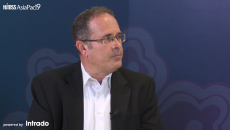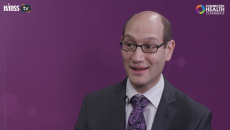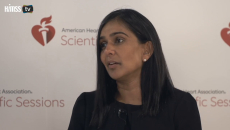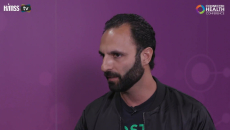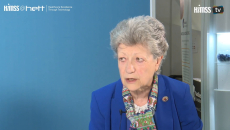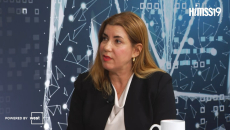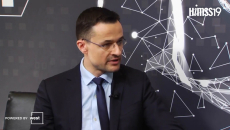patient data
Jeremy Kagan, CEO of CardioLync, says his company is breaking down information silos to help clinicians and patients make informed decisions for better outcomes and minimize potential for harm.
Rob Lieberthal, principal of health economics at Mitre, says among the biggest obstacles to reimbursement are the lack of interoperability and patients not owning their data.
In an age of countless sensors and data streams, Dr. Rashmee Shah of the University of Utah Hospital says we don’t need more data, we need the right data.
Ardy Arianpour, founder and CEO of Seqster, says by collecting users' EHR, DNA and wearables data, his company's technology is helping drive "person-centric interoperability."
Grahame Grieve, FHIR product director for HL7 International, says not only is FHIR a standard for exchanging healthcare data, but it is also a community of people who aims to create a "public treasure" that we all own.
Walter Pistor, director of digital health transformation at WebShield, describes how his company can help build networks for secure sharing of sensitive data.
It is important to build trust when using patient data to improve the health and care of citizens, says Dame Fiona Caldicott, national data guardian for health and social care in England.
Carium Chief Transformation Officer Lygeia Ricciardi discusses how applying behavioral change science aligned with the way humans are wired provides usable data that can empower patients.
Avanti iHealth Partner Dr. Mark Roche recounts how healthcare interoperability has progressed from the early days, when there were multiple competing standards and various maturity levels.
11Health founder and CEO Michael Seres discusses how his company puts intelligence and sensors into medical bags attached to patients living with long-term conditions to remotely monitor those patients.
